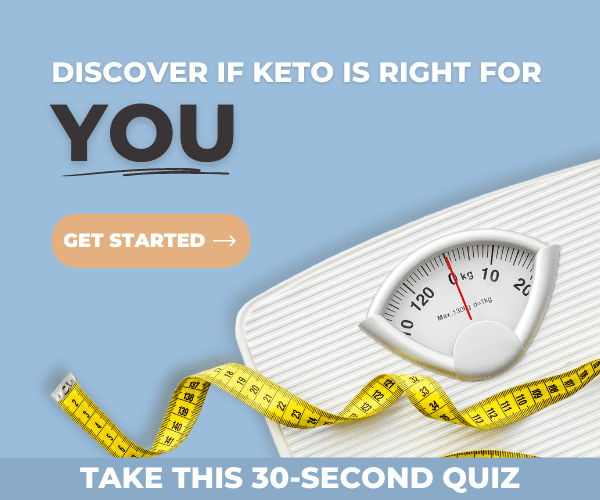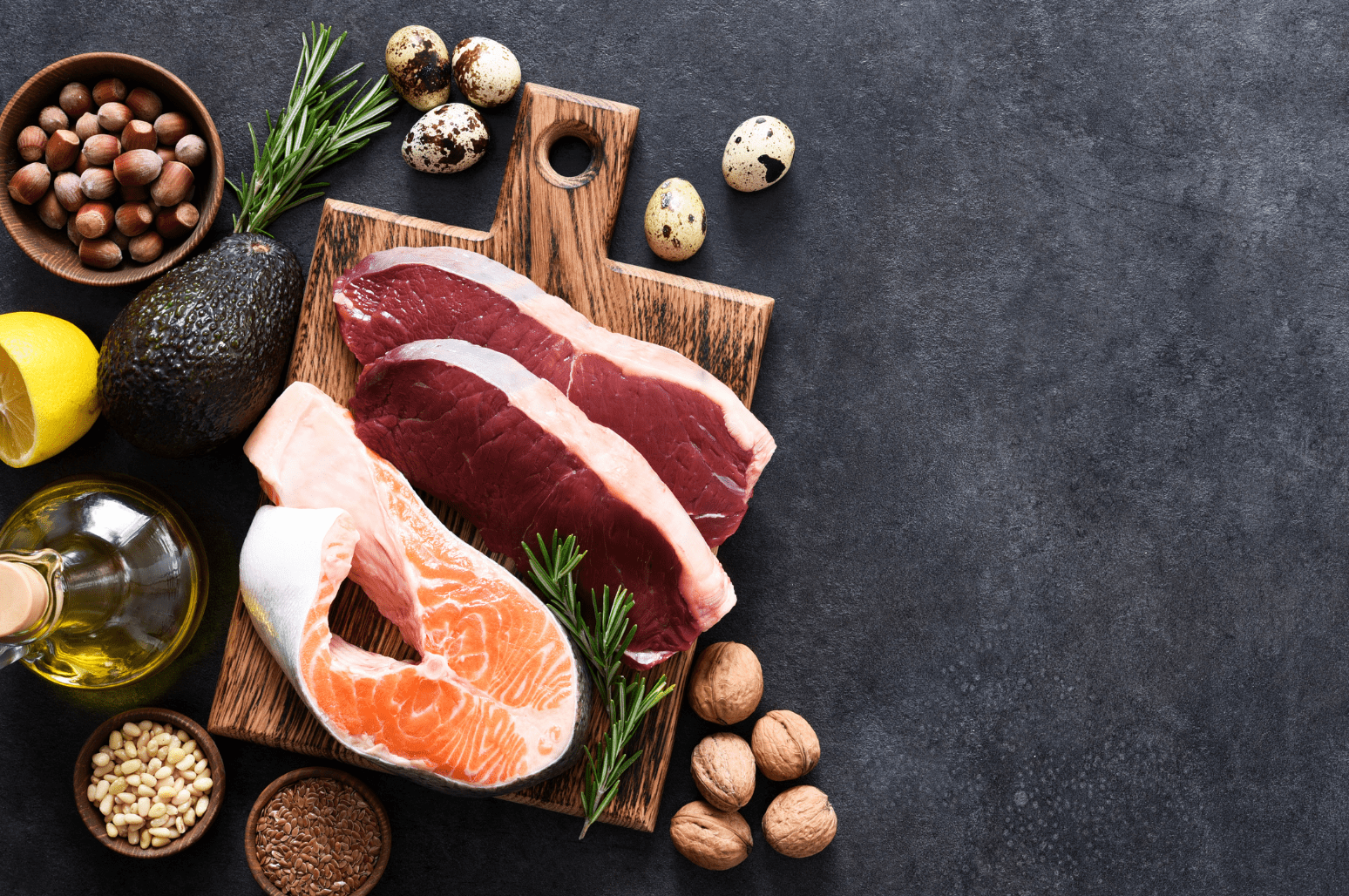
We all know the feeling of being “hangry” (hungry and angry). As these dreaded hours of the day approach us, our mouths water, and our bellies turn with hunger pains. All we can do is think about what’s next on the menu. These feelings are often too powerful to overcome and we end up folding and eating whatever we can get our hands on.
While a ketogenic diet can often lower hunger cravings, this may not be the case for everyone. Additionally, when starting a ketogenic diet, hunger can definitely be higher than normal. Below are a series of tips that can help you to overcome these often sabotaging feelings.
Note: If you are not someone who is struggling with hunger, then we advise you to continue what you’re doing!
 It’s all in the planning
It’s all in the planning
Planning ahead is crucial, so it is very important that we enter the day with a plan, not just a to-do list but a to-eat list as well.
Even if it is mental, it helps to know what you’re going to eat and when. When you would normally get hungry; the knowledge that you have ribeye steak, avocado, and cheese waiting at home will be a sure-fire way to kick that feeling and let you focus on whatever is at hand.
This planning stage can also involve preparing meals for the day or week ahead.
Knowing that you have 6 keto-friendly meals ready to go can go a long way to stave off hunger. You may feel that you have control over your food environment, and that if you do get hungry, the right food is there on hand to be eaten at a moment’s notice.
Having a plan and having food prepared will go a long way to sideline the dreaded pangs of hunger.
Go to great efforts with portion and presentation
When we like the look of something, we will likely associate it with other positives too, like taste and satiety.
A recent study discovered that segmenting foods into multiple smaller units led to an increase in expected satiety. [1]
We eat with our eyes before our mouths. Therefore, what our meals look like is important. The aesthetics of food should not be neglected if you are trying to reduce hunger.
A practical application of this “magical trickery” could be using larger, fuller portions. If you were going to have steak and veggies, why not put that steak and vegetable into a huge bowl of salad with a nice oily dressing? The sheer size of this meal will tell your brain that you have a large meal in front of you, even though you kept the food units and portion small and only added some leaves and oil.
 Eat adequate protein
Eat adequate protein
Protein has strong links to satiety in literature and is known to be more satiating than carbohydrates and fats. [2]
Higher amounts of protein in the diet can induce greater satiety for longer periods of time and can thus lead to greater weight-loss. [3]
The mechanisms behind this satiety effect are currently unknown, although there are some hypotheses about hunger hormones and amino acids that may or may not hold the answer. All we are interested in is this: adequate levels of protein in the diet (this differs for each of us and you must use your initiative to work out what adequate is for you on keto) could lead to less hunger over the rest of the day—worth a try I think!
Natural appetite suppressants
Along with the various strategies for reducing hunger, there are also supplements that could provide additional aid.
Green tea, fiber, saffron, spices, and other everyday inclusions in our lives are known to have an appetite-suppressing effect. Including these into your diet could be the missing link in the quest for moderate satiation.
Feeling fuller for longer can be the result of adding a little spice to your dishes or drinking green tea between meals rather than snacking.
 Mindful eating
Mindful eating
One of the most powerful tactics is developing a mindful approach to food.
You will notice that if you choose to eat something while being pre-occupied, you could eat it over again after that distraction ends. This is because you have distracted your brain and there has been minimal recollection of what has just been eaten, the taste, texture, everything.
Being mindful of your meals and taking time to enjoy them with family and friends instead of mindlessly consuming can be a great way to improve your experience and relationship with food!
References
Oldham-Cooper, R. E., Wilkinson, L. L., Hardman, C. A., Rogers, P. J., & Brunstrom, J. M. (2017). Presenting a food in multiple smaller units increases expected satiety. Appetite, 118, 106-112.
Astrup A. (2005). The satiating power of protein—a key to obesity prevention. Am J Clin Nutr. 82 (1), 1-2.
Paddon-Jones D. Westman E. Mattes R. D. Wolfe R. R. et al. (2008). Protein, weight management, and satiety. Am J Clin Nutr. 87 (5), 1558-1561.









